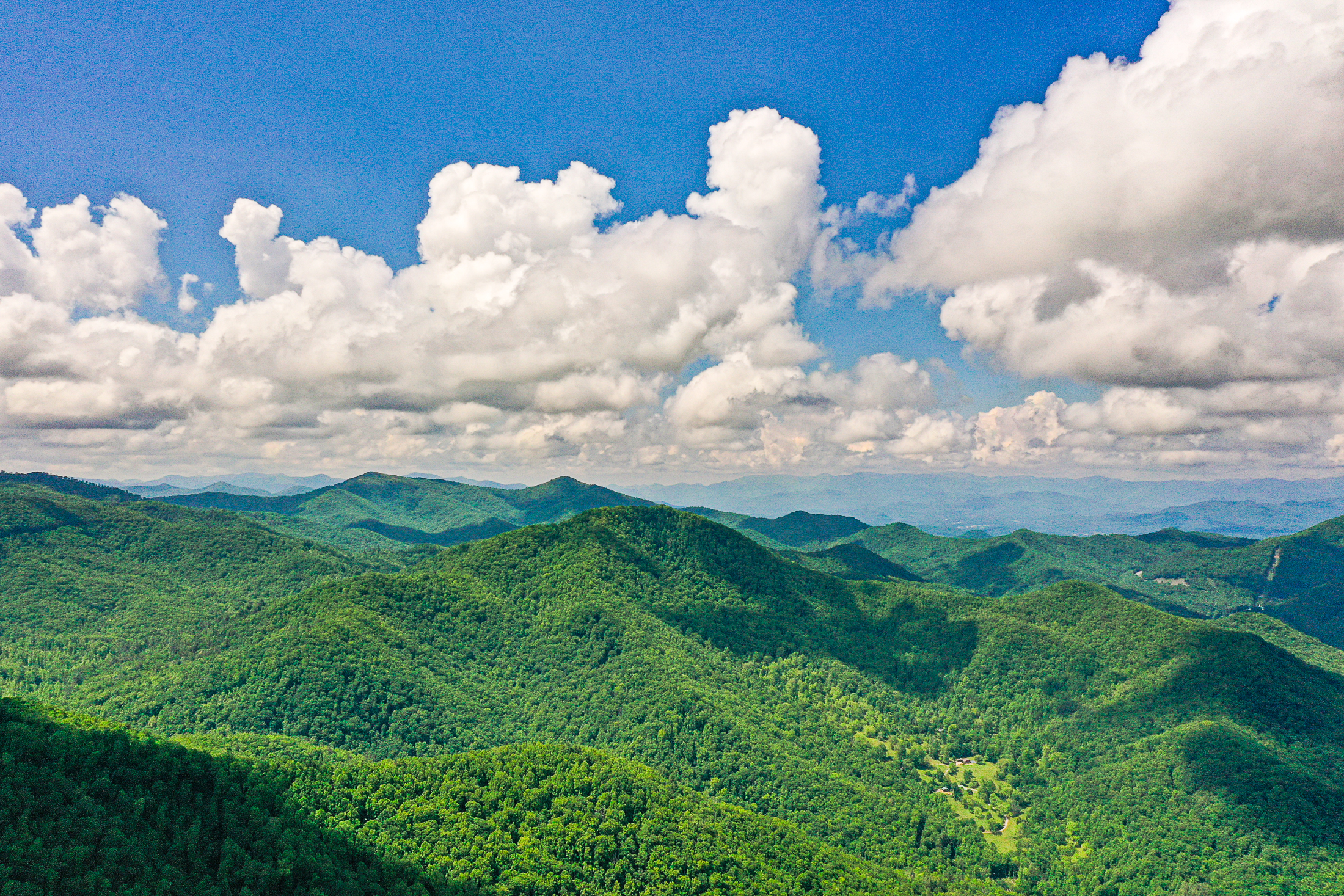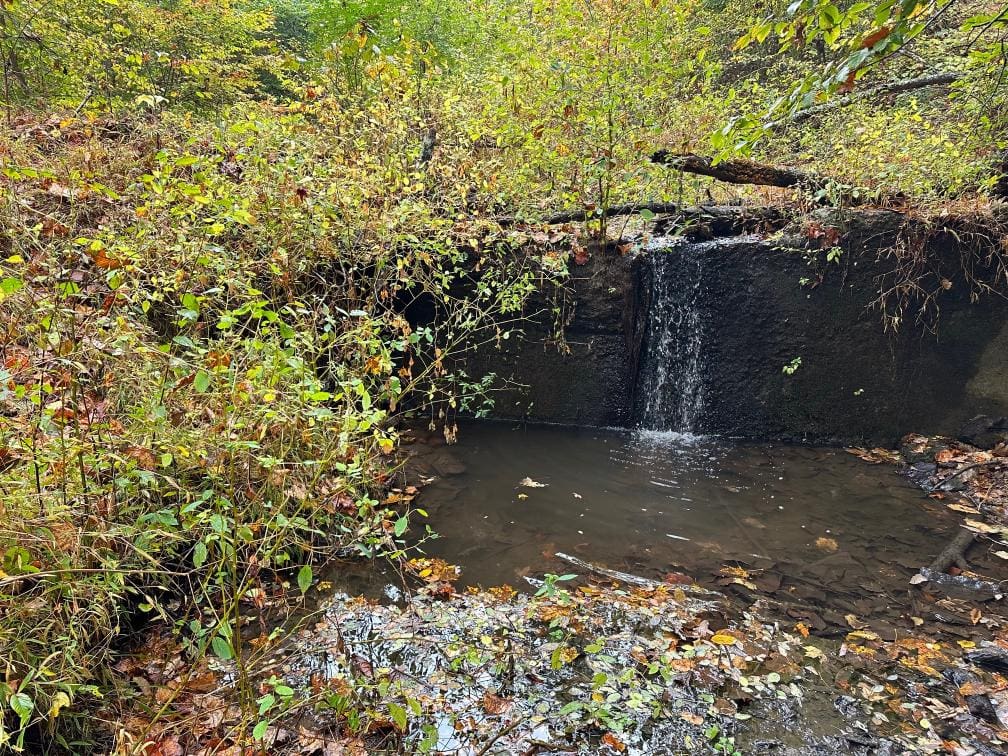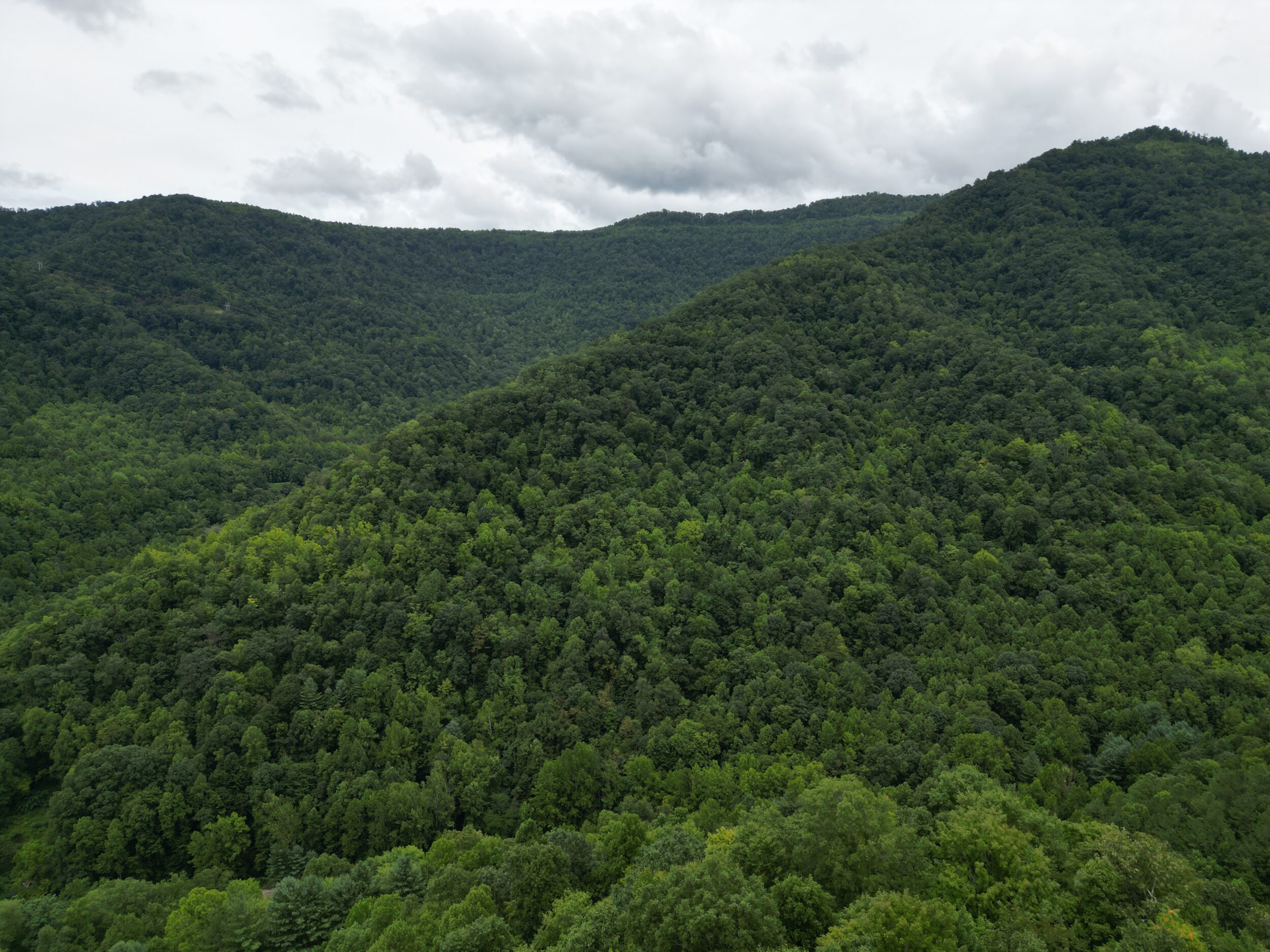
Sign in
Sign in to save favorite properties and equipment, save your search parameters and more
Don’t have an account yet? Sign Up Now
Sign up
Already have an account? Login Now


Sign in
Sign in to save favorite properties and equipment, save your search parameters and more
Don’t have an account yet? Sign Up Now
Sign up
Already have an account? Login Now
There’s a certain magic to the idea of a cabin in the mountains. It’s a dream that tugs at the heartstrings of many outdoor enthusiasts and lovers of solitude. Imagine waking up to the sound of birdsong, the scent of pine in the air, and a view that stretches out over rolling hills and misty valleys. It’s a place where the hustle and bustle of modern life feels a world away. But before you can enjoy that first cup of coffee on your porch, overlooking your own slice of wilderness, there’s a crucial step to consider. Picking the perfect piece of land for your cabin.
This isn’t just about finding a spot with a pretty view. It’s about understanding the lay of the land, the local climate, and the logistics of building in a remote location. It’s about choosing a place that not only meets your practical needs but also speaks to your soul. A place that feels like home. So, let’s embark on this journey together, exploring the key considerations for picking your perfect piece of land for a cabin in the mountains.
Living in the mountains offers a unique blend of tranquility and adventure. It invites you to slow down, breathe deeply, and embrace a simpler way of life. The ever-changing seasons bring their own rhythm, painting the landscape with vibrant colors in fall and blanketing it with snow in winter. Each season offers new ways to connect with nature and your surroundings. For those inclined towards outdoor activities, the mountains are a playground. Hiking, fishing, and wildlife watching become part of your daily routine, offering endless exploration and enjoyment. But it’s not just about recreation. The mountain lifestyle encourages self-reliance and adaptability. These qualities are essential for thriving in a remote setting and for fully appreciating the peaceful solitude it provides.

Picking the perfect piece of land for your cabin starts with location. The right spot reflects your lifestyle and priorities. Each mountain region offers its own charm and character, affecting your cabin experience.
Consider proximity to amenities and accessibility. Can you easily access towns and cities for supplies, or do you crave seclusion? Evaluate the qualities of each area before deciding. Important factors include:
Think about the long-term vision for your cabin. Consider potential property appreciation as a factor. Your choice might also be influenced by personal connections to the area. Each region also presents unique challenges. Be mindful of climate and weather patterns which affect building and living conditions. A well-researched decision maximizes enjoyment and satisfaction in your mountain retreat.
Choosing the perfect piece of land for your cabin involves various considerations. Your priorities shape the ideal spot. Factors like infrastructure, natural features, and regulations influence suitability. First, access to the land is crucial. Ensure reliable roads and clear paths. Emergencies or supply runs demand good accessibility. The terrain plays a vital role. Examine the slope and soil type for construction feasibility. A solid foundation ensures long-term stability and safety.
Consider the climate in your chosen region. Temperature extremes and precipitation affect cabin design. Ensure your cabin withstands seasonal weather challenges. A crucial aspect is access to utilities. Assess availability of electricity, water, and internet. Consider off-grid solutions as alternatives.
Here are some considerations to keep in mind:
Ensure legal compliance. Understanding zoning laws avoids future pitfalls. Regulations vary by location and impact cabin possibilities. Evaluate natural surroundings. Seek proximity to areas for hunting, fishing, and outdoor activities. Balance nature enjoyment with conservation and safety.

Access and infrastructure significantly impact cabin life. Good roads mean safe, year-round entry. Emergency access should not be overlooked. Prepare for tough weather. Steep or unpaved roads might need special vehicles. Regular maintenance might be required for long-term usability.
The land’s topography affects cabin design. A flat area might be easier for building. However, a slope can offer stunning views. Soil stability is crucial. Ensure your chosen spot can support a foundation. A geotechnical survey helps assess these conditions.
Local climate dictates cabin planning. Seasonal snowfall impacts design and materials. A well-insulated cabin in the mountains withstands extreme cold. Rainfall and humidity also affect building choices. Ensure weather readiness to prevent damage or discomfort.
Access to utilities is essential. Limited options might demand alternative solutions. Solar panels or rainwater systems suit remote locations. Off-grid living offers independence. However, it requires careful planning for energy and water needs. Ensure sustainability and ease of use.

Navigating the legalities of cabin land can be complex. Zoning laws dictate what you can build and where. Research these regulations thoroughly before purchasing land. Every region has different building codes. These codes ensure safety and environmental protection. Compliance is mandatory and crucial for permit approvals. Zoning affects land use and building styles. Restrictions on land may limit development or expansion. Understand local ordinances to avoid costly surprises.
Consult with local experts. Lawyers and planners offer valuable insights. Their expertise can aid in a seamless building process. Engaging them early saves time and ensures your cabin in the mountain dreams align with legal frameworks.
Mountain living offers unparalleled closeness to nature. Proximity to forests and rivers enhances your escape. This connection makes daily life an adventure. The natural beauty of the mountains attracts many. It provides both peace and recreation. You can explore, relax, or participate in outdoor sports. Living in nature requires respect for its rhythms. You must adapt to changing seasons and weather. Every day offers new discoveries and challenges. Your cabin site should reflect your outdoor interests. Choose a location that suits your lifestyle, whether it’s hiking trails or serene fishing spots. The wild is your new backyard.
Some cabins are nestled near prime hunting grounds. Abundant wildlife offers thrilling opportunities. It’s perfect for those who savor the chase. Anglers find paradise in mountain streams. Crisp waters teem with fish year-round. Such locations promise endless relaxation and sport, making them ideal for outdoor lovers.
Living close to wildlife requires mindful coexistence. Bears and deer may wander nearby. Respecting their space ensures harmony and safety. Install wildlife-friendly features around your cabin. Fences or deterrents protect both animals and humans. Coexistence enriches your mountain experience, fostering a deep connection to nature.

Designing your mountain retreat combines creativity and practicality. Your cabin should blend with the landscape. This harmony enhances both aesthetics and environment. Sustainability is crucial in cabin construction. Using local materials supports eco-friendly building. It also honors the natural beauty around you. Consider renewable energy sources. Solar panels can reduce your carbon footprint. Mountain winds might also be harnessed for energy. Embrace nature by integrating outdoor spaces. Decks and porches invite you to enjoy fresh air. They extend your living area into the wild, enriching your mountain lifestyle.
Embarking on the quest to find the perfect piece of land for your cabin is an adventure in itself. It requires patience, vision, and a touch of courage. As you navigate this path, each decision brings you closer to your dream retreat. Soon, you’ll wake up to breathtaking mountain vistas, experiencing the tranquility only nature can provide.